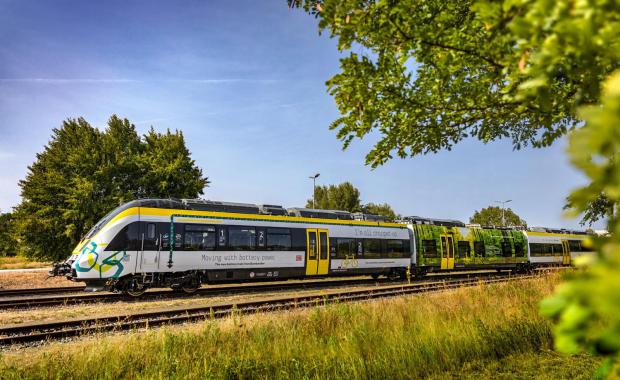
Breaking News
 Make Your Own Seasoned Rice Mixes!
Make Your Own Seasoned Rice Mixes!
 NASA Reveal Highest Resolution Visible Light and Infrared 3I/Atlas Images
NASA Reveal Highest Resolution Visible Light and Infrared 3I/Atlas Images
 We're evolving too slowly for the world we've built, according to science
We're evolving too slowly for the world we've built, according to science
 There Are No Easy Fights In The Struggle Against The Empire
There Are No Easy Fights In The Struggle Against The Empire
Top Tech News
 New Gel Regrows Dental Enamel–Which Humans Cannot Do–and Could Revolutionize Tooth Care
New Gel Regrows Dental Enamel–Which Humans Cannot Do–and Could Revolutionize Tooth Care
 Researchers want to drop lab grown brains into video games
Researchers want to drop lab grown brains into video games
 Scientists achieve breakthrough in Quantum satellite uplink
Scientists achieve breakthrough in Quantum satellite uplink
 Blue Origin New Glenn 2 Next Launch and How Many Launches in 2026 and 2027
Blue Origin New Glenn 2 Next Launch and How Many Launches in 2026 and 2027
 China's thorium reactor aims to fuse power and parity
China's thorium reactor aims to fuse power and parity
 Ancient way to create penicillin, a medicine from ancient era
Ancient way to create penicillin, a medicine from ancient era
 Goodbye, Cavities? Scientists Just Found a Way to Regrow Tooth Enamel
Goodbye, Cavities? Scientists Just Found a Way to Regrow Tooth Enamel
 Scientists Say They've Figured Out How to Transcribe Your Thoughts From an MRI Scan
Scientists Say They've Figured Out How to Transcribe Your Thoughts From an MRI Scan
 Calling Dr. Grok. Can AI Do Better than Your Primary Physician?
Calling Dr. Grok. Can AI Do Better than Your Primary Physician?
Battery-powered trains are picking up speed

Battery-electric power is commonplace in cars and trucks and is being tested in planes, helicopters, and container ships. Now, battery power is coming to trains, in place of the diesel-fueled generators that have powered locomotives for more than a century.
Last week, Union Pacific Railroad agreed to buy 20 battery-electric freight locomotives from Wabtec and Progress Rail. The deal, which drew praise from President Biden, is worth more than $100 million. The battery-electric locomotives initially will be used to sort train cars in rail yards in California and Nebraska.
Battery-electric locomotives have already begun rolling on California tracks. As part of a demonstration with the Pacific Harbor Line, Progress Rail, a Caterpillar company, began operating battery-electric locomotives in the ports of Los Angeles and Long Beach late last year.
Also last year, Wabtec tested its FLXdrive locomotives on 18 trips between Barstow and Stockton, California, under a $22 million grant from the California Air Resources Board. The battery-electric locomotive sat between two traditional diesel locomotives, pulling as much as 430,000 pounds. Wabtec CTO Eric Gebhardt says the combination saved an average of 11 percent on fuel and emissions. Wabtec says its next-generation battery locomotive will nearly triple its energy storage capacity to 7 megawatt-hours, nearly 100 times the capacity of a Tesla Model 3. That could cut emissions by up to 30 percent, Gebhardt says.

 Unbanked In A Connected World
Unbanked In A Connected World

